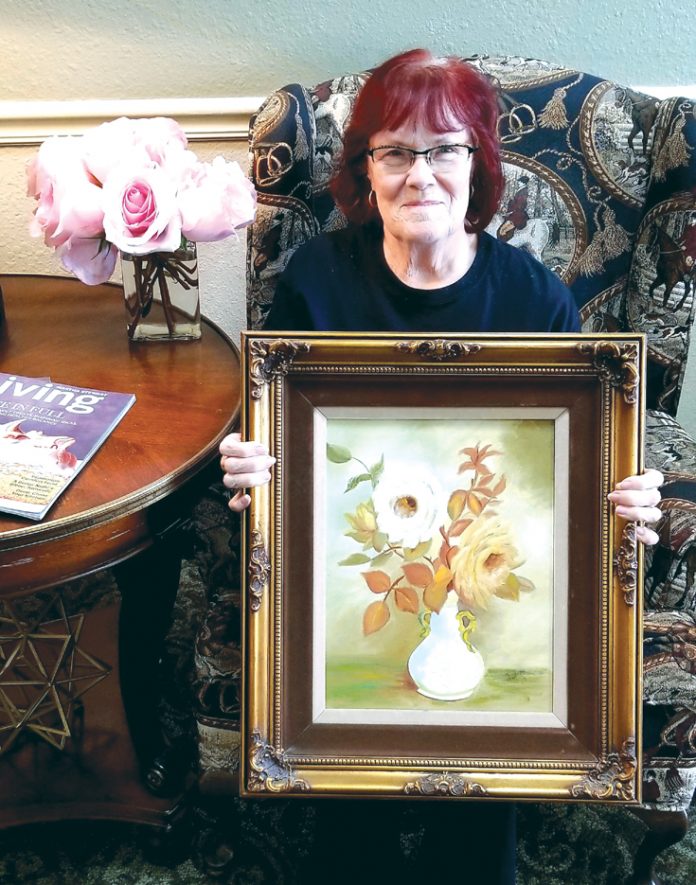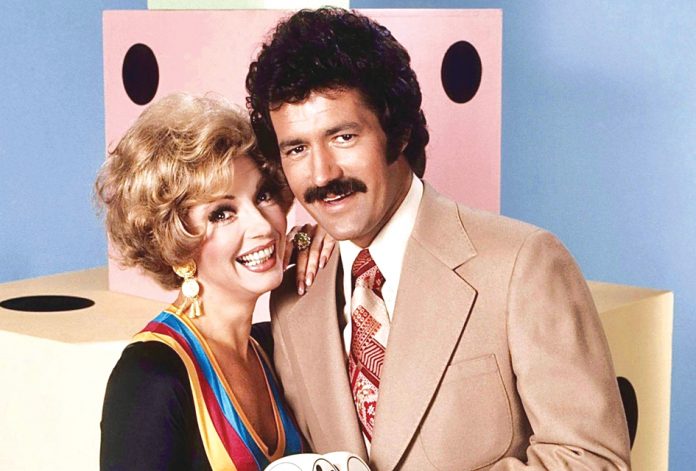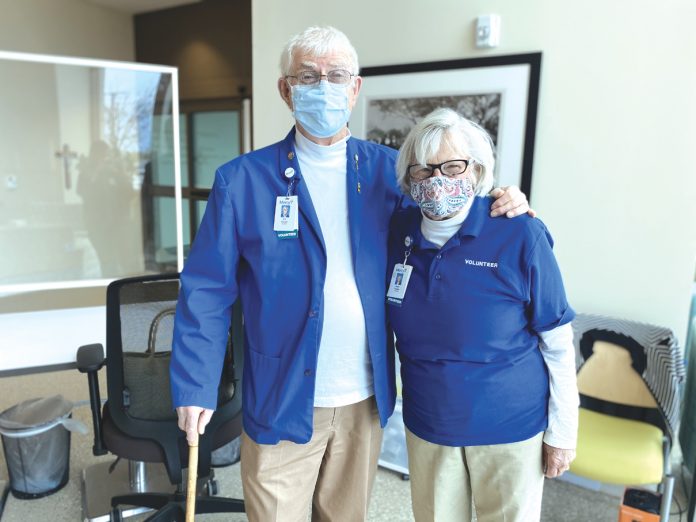All 19 Metropolitan Library System libraries welcome customers to come in and sit and stay beginning Saturday, May 1.
Sit and Stay service includes computer use by reservation, study room use, browsing and limited seating to accommodate reading and Wi-Fi usage and copy/fax/scan use. Seating will be spaced to one chair per table. Computers are limited to two (2) sessions of one-hour each per day. Masks are required for all customers.
“We invite guests to continue to come in and use the library with more services available in this stage,” Larry White, MLS Executive Director said. “With school out for most of the summer, we are glad to have more reading areas available for both students and non-students to use.”
Online programs and events via social media continue to be very popular. Other online services available are LearningExpress and HelpNow for students, “Book-A-Librarian” for general library help, genealogy help one-on-one, Hoopla and Kanopy streaming movies and tv, JobNow for job and career help and more.
Hours to the public are Mondays-Thursdays 9:00 a.m. – 8:00 p.m., Fridays 9:00 a.m. – 6:00 p.m., Saturdays 9:00 a.m – 4:00 p.m. and Sundays 1:00 – 5:00 p.m. Curbside pickup hours are Mondays through Fridays 1:00 – 6:00 p.m., Saturdays 1:00 – 5:00 p.m and from 1:00 -6:00 p.m. on Sundays. For more information, contact (405) 231-8650 or at askalibrarian@metrolibrary.org.
NOTICE: All Metropolitan Library System Open Saturday, May 1.
Giving 110 percent: RN and staff enhance quality

By James Coburn, Staff Writer
The regulatory challenge of working in long-term care is what appeals most to Danielle Wolfington, RN, Golden Age Nursing Home. Promoting quality is her forte.
“I love a challenge. There’s just something about having to deal with all the aspects of leadership,” Wolfington said. “At the hospital you just kind of go with the motions. There’s always a challenge here. There’s always some way to promote quality. That’s what I like.”
She has worked at Golden Age for five years. As the assistant director of nursing at the Guthrie home she is in charge of infection control and quality assurance. Wolfington was previously MDS coordinator.
She earned her Bachelor of Science in Nursing degree in December at Northern Oklahoma College. She is currently in the master’s degree program for family nurse practitioner.
She worked a little bit at OU Medical Center, but was drawn back to long-term care.
She was only 16 when she became a CNA.
Today, you can see the smile in her eyes above her face mask as her admiration for coworkers shines through.
“I like the fact when I’m sitting in my office that I can hear my staff members talk to residents like they’re very close to them,” Wolfington said. “And the residents even reach for the staff member’s hand and stuff like that when they are at the window visiting. They tell their families how much they love the staff. So, it tells me that behind the scenes, they are making a positive experience. You know how tough long-term care is right now. I feel that they do the best they can to try to make situations a little better.”
Vaccinations against COVID-19 began for the residents and nursing staff on January 7.
“I think sometimes that we are too close, and it almost feels like, sometimes, that I am mad at my sister, she said with laughter,” she said.
“But you come back the next day and it’s like my family needs me.”
There are always challenges and a way to promote quality of life. She strives to make her work person-centered, she said, with preferences. Wolfington is efficient when handling expenses.
“I don’t so much like when surveyors come, but I like it when they say, ‘Oh, you did good on that,’” she continued.
In 2019 The American Health Care Association and National Center for Assisted Living (AHCA/NCAL), the leading association for long term and post-acute care, recently held its 70th Annual Convention & Expo at the Orange County Convention Center in Orlando, Fla.
“That’s one thing I love to show — that you have pretty good processes and quality of life,” she said.
One thing that touches her life in a painful way is the COVID-19 pandemic, she said. Coronavirus has changed Wolfington, she explained, because almost a year has past since residents have not been able to touch their families.
“It makes me very sad,” she said. “It really does.”
Indoor visits are prohibited, however, when the weather is nice, they are able to provide outdoor visits by using plexiglass booths to shield residents from possible contamination of coronavirus. They continue to do window visits with phones and have iPads to further facilitate the process. Nurses understand the human need of togetherness among families and loved ones.
Some nurses have worked 12-hour shifts day-after-day to care for the welfare of patients.
“They don’t want their residents to be without. They don’t want us to be short-staffed. They don’t want the residents to get anything less than they normally get,” Wolfington said.
Wolfington commends the frontline of CNAs for diligent work when missing holidays, weekends, and family events in order to care for the residents. CNAs show up for work when scheduled and not spend holiday times with families.
“I know that sounds sad to say, but honestly I think that’s pretty noble to do that.”
She is frank when telling nursing students that long-term care is hard work, especially with the pandemic.
“But you help people that count on you, and they love you,” she said. “And it’s a really good feeling, so I do usually bring that up. I always tell them to reach for more. Go back to school — get promoted.”
Little things in life build to help humanity when given with love. And love is not in short supply at Golden Age Nursing Home.
SAVVY SENIOR: A Social Security Perk for Older Parents
Dear Savvy Senior, I’ve been told that my two children, ages 14 and 16, may be eligible for Social Security when I file for my retirement benefits. Is this true? What can you tell me? Viagra Daddy
Dear Viagra,
It’s true. If you’re age 62 or older and are still raising young children, there’s a Social Security benefit strategy that can put some extra money in your family coffers.
Here’s how it works. When you file for Social Security retirement benefits, your minor children can get money on your work record equaling half of what you would receive at full retirement age, now gradually rising from 66 to 67. Even if you were to take a smaller benefit by claiming earlier, your kids will still get half of your full-retirement age amount.
To qualify, your daughter – whether she’s biological, adopted or a stepdaughter – must be unmarried and under age 18. Kids that are over 18 but still in high school, can collect too until they graduate or turn 19, whichever comes first. (Other rules apply to kids that are disabled.)
But that’s not all.
Because one of your children is only 14, your wife (if you’re married) can collect Social Security benefits on your work record too, and it doesn’t matter if she’s just 40 years old. The minimum age requirements to collect retirement benefits (62) or survivor benefits (60) does not apply when it comes to collecting benefits as the caregiver of a young child. The spouse’s benefit, which is also worth up to half of your benefit, will stop when your daughter turns 16.
But note that there are limits to the amount of money that can be paid to a family. The Social Security “family maximum payment” is determined by a complex formula and can range from 150 to 180 percent of your full retirement benefit amount. If the total exceeds that, each person’s benefit, except yours, is cut proportionately until it equals the maximum.
Here’s an example of how that’s figured. Let’s say, for example, that your full retirement age benefit is $2,400 per month. That would make your family maximum benefit (according to the Social Security formula at SSA.gov/oact/cola/familymax.html) roughly $4,200 per month.
Subtract your $2,400 benefit from the $4,200 family maximum benefit, which leaves $1,800. That’s the monthly amount that can be split between your two children – $900 each. If your wife wants in on it too, the individual checks are smaller, at $600 a piece, but the family amount is the same.
You should also know that minor children can collect up to half of a disabled parent’s Social Security disability benefit. And if the parent dies, they will get a survivor’s benefit, which is up to 75 percent of the deceased parent’s basic Social Security benefit.
To learn more, see the SSA publication (No. 05-10085) “Benefits for Children” at SSA.gov/pubs/EN-05-10085.pdf.
One Caveat
Social Security benefits for your kids may not be available before full retirement age if you are still working. In 2021, you will lose $1 in benefits for every $2 earned over $18,960, except in the year you reach full retirement age. In that case, the earnings limit is $50,520, with $1 in benefits withheld for every $3 earned over the limit.
If you lose your benefits, your dependents also lose theirs. You can recoup those payments later, but your kids can’t.
Send your senior questions to: Savvy Senior, P.O. Box 5443, Norman, OK 73070, or visit SavvySenior.org. Jim Miller is a contributor to the NBC Today show and author of “The Savvy Senior” book.
OPINION: Therapeutic Foster Care changes the world, one child at a time
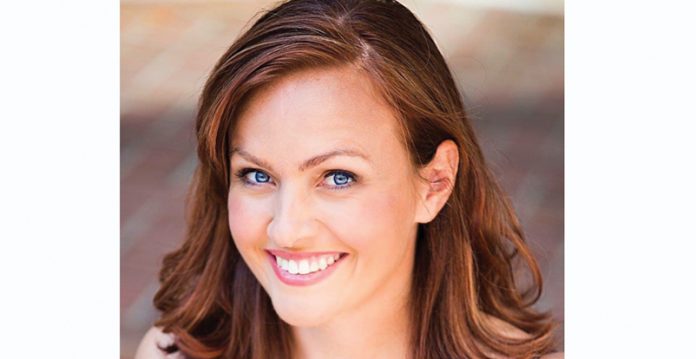
During my music therapy internship at a state facility for teens and adults with mental illnesses, I learned that many of the adults we served within the facility, who were there largely because they had been charged with crimes, shared the foster care experience of my teens.
Most of my teens had been through about 14 different placements by the time they got to our facility and had developed negative coping mechanisms due to their life experiences. No one had taught them how to process their emotions or trauma, which would come out in explosive tantrums. Like my adult patients, they also had no one in their lives who was there just for them, but only staff who went home at the end of each shift. Can you imagine what being raised in an institution instead of a family and not having even one consistent parent could do to a person’s psyche? It turns out, it gives you no way to learn about love and respect for others.
I decided I wanted to make a difference and break this cycle. I saw that trying to understand the “why” behind their coping mechanisms, connecting and showing unconditional love (especially after behaviors meant to drive you away) brought about significant changes, even healing. As soon as I learned about Therapeutic Foster Care (TFC), I knew I wanted to be involved.
TFC serves children in loving home settings instead of institutions, equipping foster parents to help children work through the trauma they’ve experienced. TFC homes receive more intensive services – weekly family and individual therapy for the child, an on-call team of therapists to help in times of crisis, monthly respite to give tired foster parents time to rejuvenate, and trauma-based trainings to help parents understand why children have developed these negative coping mechanisms and help reframe them in a more positive way.
As a TFC parent, I have seen my house walls torn apart because something I did unknowingly triggered memories of past abuse. As anger shifted to tears, I’ve had children melt into my arms and let me hug them as they deescalated from their meltdowns. I’ve seen them work hard to pay me back for damages after I didn’t kick them out like so many had done before, and start to develop personal responsibility and a mutual respect for others.
As a TFC parent, I’ve seen kids and teens learn to identify the feelings underlying all of their anger. This has often been fear and sadness, which, when allowed to fester, become depression and anxiety. I’ve gotten to know my kids for who they really were and found them to be sweet, incredibly loving children who were just hidden underneath the walls they’d built to protect themselves. I got to truly connect to them in a way no one else had, and watch them learn to trust others.
Being raised in a home instead of a hospital or group home taught them what being a part of a family is like. They learned how to care about others and how their actions can hurt someone. They learned self-worth because someone was willing to love them instead of just focusing on their behaviors. I saw them excel in school, work and activities and start to make healthy relationships. These are things that don’t readily happen in institutions.
If we want to make our society a safer place, we need to teach kids how to love. As a TFC parent, you can teach by example and be a part of truly changing the world, one child at a time.
It takes all kinds of people to serve children and help them become healthy and whole again. Why not you?
Amanda Martindale is a Therapeutic Foster Parent with Choices for Life Counseling and Foster Care in Oklahoma. To learn more about Therapeutic Foster Care or apply to become a certified TFC foster family, visit beaneighbor.ok.gov, or call 1-800-376-9729.
Assisted Living Resident reunited with artwork after 42 years

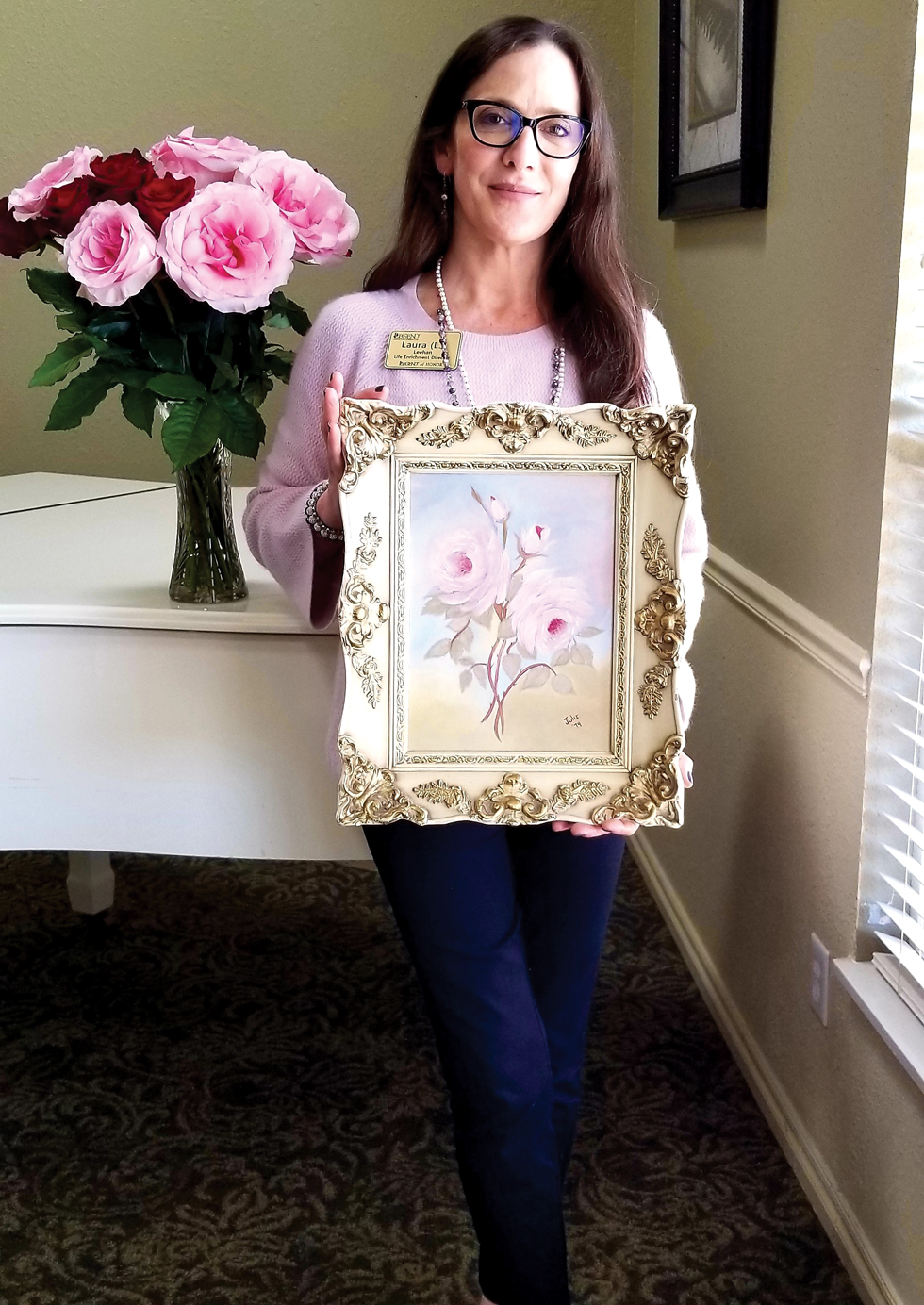
Our Life enrichment coordinator, Laura Leehan is an avid collector of thrift shop art and her office has literally been transformed into a small art gallery. Two years ago she purchased an original painting of wild pink roses at the Salvation Army for $17. Several weeks ago Laura took notice of a painting in a residents apartment that bore a striking resemblance to her pink roses.
Upon closer inspection she realized that the signature in the lower right corner of the painting, “Julie 79” was identical to the signature on her painting. She rushed to her office, grabbed the painting off the wall and could not wait to show Julie! Julie was thrilled to see her long lost art work and told us that in 1979 she began painting flowers. It was a brief but prolific season for her as an artist and most of her work was sold or given away. I would not be surprised if there are more pieces out there that may just catch your eye at the neighborhood second hand store or garage sale! It was such a joy to see Julie reunited with her beautiful painting and when Laura offered to return it to her, she declined and insisted that Laura keep it.
A WORLD PREMIERE AT LAST MAKES ITS DEBUT

Covid-Delayed World Premiere of Choral and Orchestral Piece Inspires Community Collaborations, Multimedia Event on May 16
Canterbury Voices, Oklahoma’s largest and oldest community chorus, will present an original commission, Of Perpetual Solace, featuring soloist-cantor Lisa Reagan Love and the Oklahoma City Philharmonic, on Sunday, May 16, at 3:00 PM, at the Civic Center Music Hall in Oklahoma City.
The 45-minute work – in commemoration of the 25th Anniversary of the Murrah Building Bombing – was written by Oklahoma composer Edward Knight and librettist M.J. Alexander for full orchestra, cantor, large chorus, chamber choir and children’s chorus. The husband-and-wife team, who live within walking distance of the bombing site, drew inspiration from conversations with survivors.
Originally scheduled to premiere in March 2020, Of Perpetual Solace was postponed due to the ongoing COVID-19 pandemic, and has been rescheduled for Sunday, May 16, 2021, at 3:00 PM. Canterbury, led by artistic director Dr. Randi Von Ellefson, reimagined rehearsals and performances in light of the pandemic and found a way to sing again through the innovative use of specialized singers’ masks developed by the Broadway Relief Project; socially-distanced rehearsals and safety protocols; a pared-down chorus; the OKC Philharmonic orchestra; and the power of video production, featuring clips from the Oklahoma City National Memorial and Museum. Sibling audio/video team Matt and Pat Horton of Norman are the production team for this monumental project and helped Canterbury create this special presentation.
A large-scale, multimedia concert event, Of Perpetual Solace will also feature a 47-voice children’s chorus and 18-member adult ensemble. “I feel I’ve been preparing my entire life to write this music,” said composer Edward Knight. “It has been years in the making, and demanded that I tap deep into our shared human spirit to bring out the essence of what is good and important and lasting.”
Due to strict health and safety protocols, six hundred socially-distanced audience members will be allowed into the Civic Center Music Hall, one-third of the normally 2,400 seats. The performance will also be offered as an on-demand streaming event from May 23 to June 20, 2021.
Of Perpetual Solace progresses from darkness into light – toward an embrace of comfort, hope, and serenity. “This is the most ambitious commission we have undertaken in our 51-year history,” Pam Mowry, Canterbury’s Executive Director, said. “It is an epic work that has a profound meaning to so many of us. It was written by Oklahomans for Oklahomans, and offered to all who have dealt with grief, mourning, and recovery.”
TINSELTOWN TALKS: Ruta Lee put the ‘pro’ in professional
By Nick Thomas
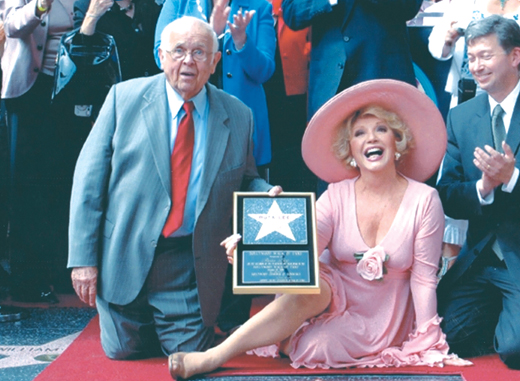
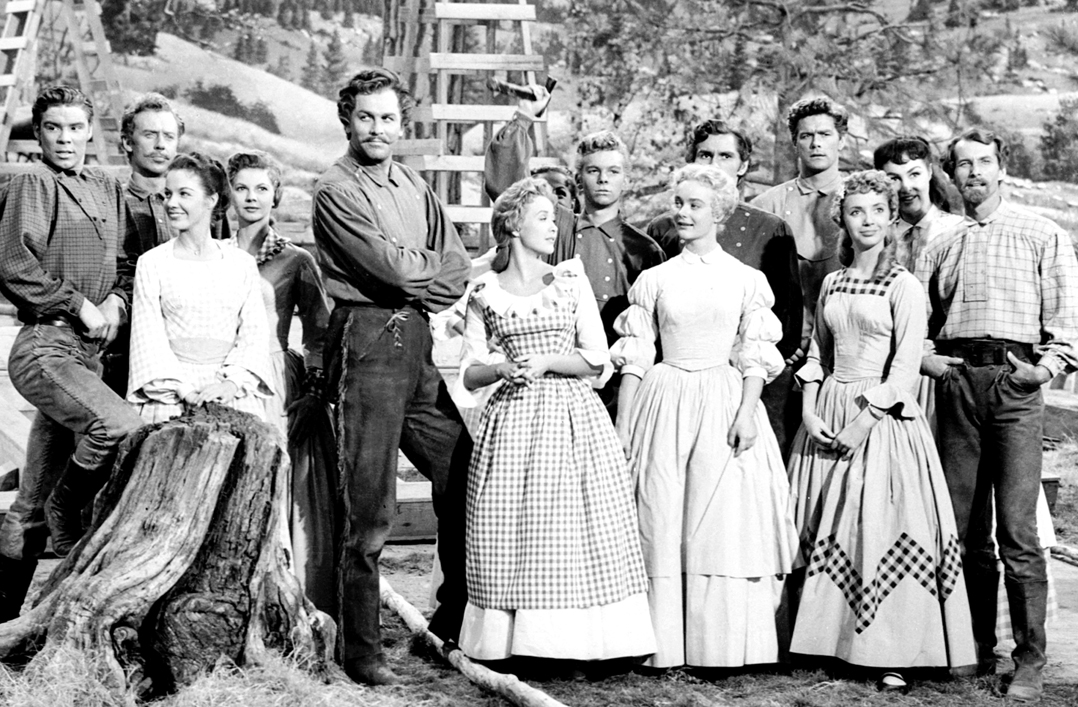
While some entertainers are renowned for their personal and professional demands while working, Ruta Lee never aspired to be a diva. Acting nonstop in film, TV, and theater since the early 1950s, she tackled projects with professionalism.
“There was no time to throw fits because you had to work quickly as you rapidly went from job to job,” recalled Lee from Los Angeles.
Off-screen tasks were also approached with her trademark zeal. In 1964, she called the office of the Soviet leader Nikita Khrushchev to secure the release of her 90-year-old Lithuanian grandmother held since World War II in a Siberian internment camp.
A decade earlier, Lee approached her first film role as one of the brides in “Seven Brides for Seven Brothers” with similar resolve. “During the dance audition, the producers and director asked me to show them something folksy. Because of my Lithuanian descent, I danced up a storm with a polka and got the role.”
She was paired with gifted dance partner Matt Mattox in the beloved MGM musical and remembers one rehearsal.
“He lifted me high off a bench and I sprained my ankle when I landed. So I learned most of the choreography from a sitting position, but still managed to do most of the dancing in the big barn-raising number.”
Many stories from the actress’s career and life can be found in her April 5 autobiography “Consider Your Ass Kissed,” the edgy-sounding title merely reflecting the genuine gratitude she feels for the people she worked with. She also celebrates a birthday this month, turning 86 on May 30.
A quick study, Lee learned an early valuable lesson in on-set protocol when she boogied her way into one of her first TV roles – a 1953 episode of “The Adventures of Superman.”
“It was a short dance scene in a café and I decided to rehearse during lunch hour,” she explained. “But when I plugged in the record player, someone grabbed me and said, ‘you can’t do that, you don’t belong to the electrician’s union!’”
Lee went on to make hundreds of appearances in TV series as well as games shows such as “Hollywood Squares” and “High Rollers” (as Alex Trebek’s dice roller), but westerns were a favorite (see www.rutalee.com). And while many cowboys chased her, only one came close to catching her off-screen.
“Most of the dating I did was for publicity purposes and never had any real romances with actors except Eric Fleming from ‘Rawhide.’ What a darling man, but the most he got was a goodnight kiss!”
Her serious relationships were always with businessmen, she says, not show business men. In the midst of her rising career, Lee met Texas restaurant executive Webster B. Lowe, Jr., and the couple soon married. They were together for 46 years until his death last year.
Lee has also been a tireless voice for charitable organizations such as the Thalians raising millions of dollars through her leadership role to support people with mental health problems, including returning veterans (see www.thalians.org).
And then there was that phone call to Khrushchev’s office to rescue her Siberia-bound grandmother.
“Within 48 hours we were flying over to bring her back to America. So I’ve had an interesting life and I’m always involved with something. It’s been a long, wonderful, and fruitful career.”
Nick Thomas teaches at Auburn University at Montgomery, Ala., and has written features, columns, and interviews for over 850 magazines and newspapers and is the author of “Raised by the Stars: Interviews with 29 Children of Hollywood Actors.” See www.getnickt.org.
Nick Thomas teaches at Auburn University at Montgomery, Ala., and has written features, columns, and interviews for over 850 newspapers and magazines. See www.getnickt.org.
OMRF President Prescott to Retire
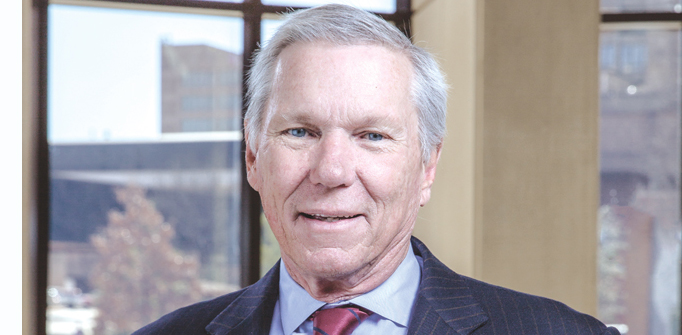
Stephen M. Prescott, M.D., who led the largest expansion in the Oklahoma Medical Research Foundation’s history, will retire as president.
Prescott, 73, made the announcement Tuesday at a meeting of OMRF’s board of directors. Prescott was diagnosed with cancer in 2017 and said he was stepping down for health reasons. Since 2006, he has led the Oklahoma City-based nonprofit, which will mark its 75th anniversary later this year.
“The time I’ve spent at OMRF has been the capstone to a scientific career that has been immensely rewarding,” said Prescott, a physician and medical researcher. “I’ve been lucky enough to help guide this wonderful institution for 15 years. And nothing makes me happier than knowing the scientists of OMRF will continue the tradition of biomedical research excellence long after I’ve gone.”
Under Prescott, OMRF has three times earned designation by the National Institutes of Health as an Autoimmunity Center of Excellence, one of only 10 in the nation. Three life-changing drugs born at OMRF have earned FDA approval, including the first treatment for pain crises caused by sickle cell disease.
With the addition of a 186,000-square-foot research tower that included a multiple sclerosis clinic in 2011, Prescott engineered the largest campus expansion ever at OMRF. He also successfully completed a $100 million fundraising initiative that paid for that growth, then spearheaded the recruitment of more than 30 new principal scientists to fill the new labs and clinic space.
In rankings based on employee surveys, OMRF has earned a designation as one of Oklahoma’s Top Workplaces every year since the contest began in 2013. That includes a pair of blue ribbons among large employers in 2017 and 2019. During Prescot’s tenure, the foundation also received more than a dozen four-star rankings – the highest possible – from Charity Navigator, the nation’s largest evaluator of nonprofits.
“Dr. Steve Prescott’s leadership of OMRF has been transformative,” said Len Cason, chair of OMRF’s board of directors. “As a scientist and as a person, he dared not just to think big, but to transform those ideas into action. He challenged everyone at OMRF to reach new standards of excellence, and then he followed through and made sure it happened.”
Prescott was inducted into the Oklahoma Hall of Fame in 2020. In his acceptance speech, he recalled how he’d been recruited to Oklahoma from the University of Utah’s Huntsman Cancer Institute, where he’d served as executive director. “Len Cason told me that OMRF was the right place for me. He was right.”
The executive committee of OMRF’s board of directors will name an acting successor to Prescott soon. A nationwide search for a permanent replacement will follow.
“I’ve had the great fortune to live a charmed life. I’ve spent each day immersed in medical research,” said Prescott. “When you do something you love, you don’t work a day in your life.”
Del City’s Armed Forces Day and Shriners Parade Returns May 15
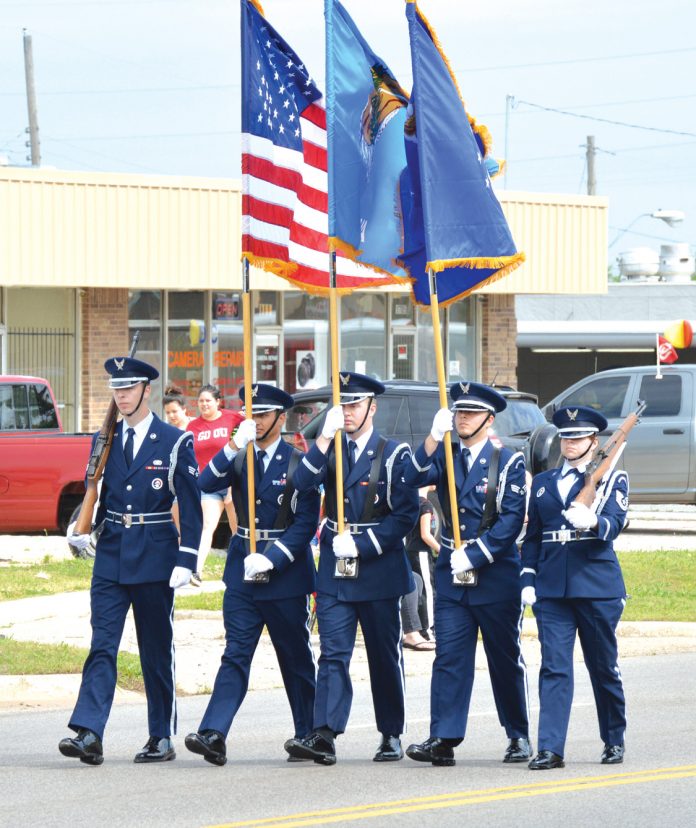
The City of Del City and the Del City Chamber of Commerce are proud to announce the annual Armed Forces Day and Shriners Parade is returning on May 15. This long-standing tradition of nearly three decades is one of the largest of its kind in Oklahoma.
Dozens of parade entries have already signed up for what organizers are preparing as a record-breaking turnout. The parade will feature military vehicles, India Shriners, veteran groups, community organizations and more.
The parade will start at 10 a.m. at SE 15th and Sunnylane. It will travel south on Sunnylane to SE 29th, where it will turn east and proceed to Vickie Drive.
Oklahomans of all ages are invited to line the streets in honor and celebration of the men and women serving in our armed forces.
Anyone who would like to take part in the parade is encouraged to fill out the application online at cityofdelcity.com/armed-forces-day-parade.
If you would like to participate in this year’s parade or additional information, please contact Monica Cardin via 405-671-2815 or email mcardin@cityofdelcity.org.
Mercy Oklahoma City Celebrates Return of Volunteers
In any given year, Mercy Hospital Oklahoma City’s more than 300 volunteers log thousands of hours in service to our co-workers and patients. But for more than a year, almost all of those efforts came to a halt because of the pandemic. While some volunteers continued to knit baby caps for newborns from home and assist in vaccination clinics, most were unable to do the jobs they love. Now, as COVID-19 cases hit new lows, volunteers are eager to get back to work and serve.
“So many of our volunteers serve at Mercy because they truly feel they are called to do this work, and when they couldn’t serve during the height of the pandemic, it was a real challenge for them personally,” said Mel Henry, manager of volunteer services at Mercy Hospital Oklahoma City, recognizing their contributions during National Volunteer Week. “They are often the first and last faces our patients and visitors see as they come in and out of our facilities and they are dedicated to plugging in and helping wherever they are needed. They do so much, and we have missed them tremendously.”
Mercy’s volunteer program was put on hold in spring 2020 as the pandemic began. A few volunteers were welcomed back in November, and more are returning feeling more comfortable after receiving their vaccination.
“Many of the jobs they did on patient floors before the pandemic are not available due to strict COVID-19 precautions, but these volunteers are so selfless that they always tell us to put them wherever they’re needed,” said Henry. “We’ve also been able to create new ways to serve throughout the hospital at screening stations, in the pharmacy and co-worker health.”
Around 100 of the approximately 300 volunteers have already returned to service.
“Our volunteers are truly invaluable,” said Jim Gebhart, president of Mercy Hospital Oklahoma City. “Many of our volunteers may not be able to return to our halls anytime soon, mostly because they have underlying health conditions that put them at higher risk for the virus. We are hopeful that others in the community will step in to serve and sign up to volunteer.”
Mercy volunteers include teenagers who want experience in the medical field, middle-aged people looking to give back, seniors who want to stay active and people with disabilities learning job skills. Volunteers commit to as little as one hour a month to as much as 40 hours a week. There are myriad ways in which volunteers serve.
“Studies have shown that when people volunteer, they improve physical health, reduce depression, increase self-worth and are likely to be more connected to their communities,” said Dr. Katherine Garland, an internal medicine physician at Mercy who has long believed that volunteering is a prescription for happiness. “Benefits can be seen at any age, but older adults who volunteer one to two hours a week experience lower rates of depression and an increased lifespan.”
To learn more about volunteering at Mercy Hospital Oklahoma City, click here to visit mercy.net or call (405) 755-1515.





